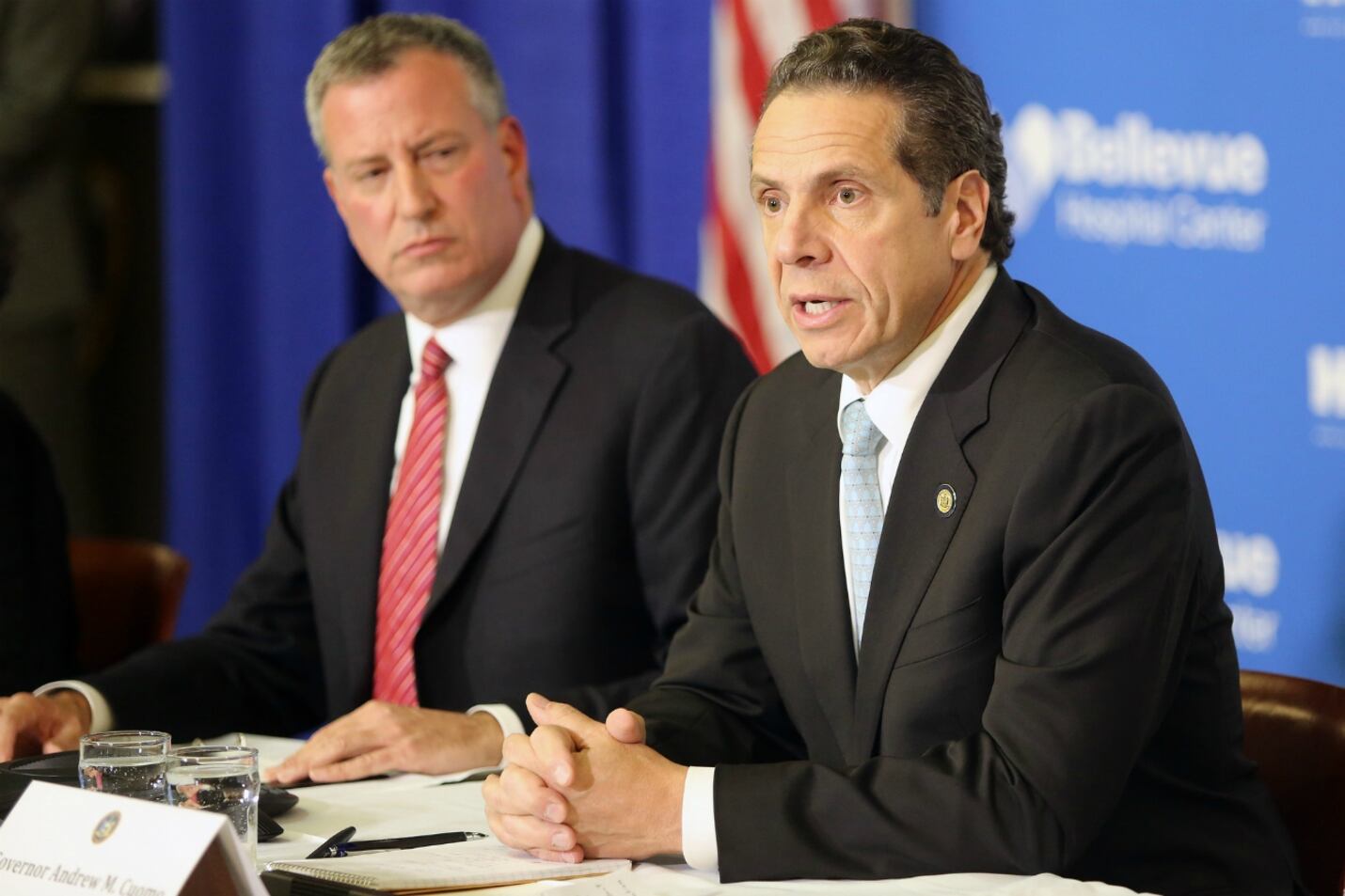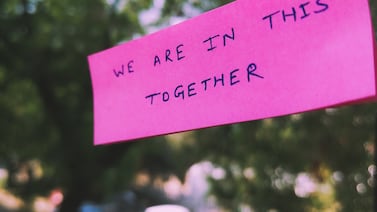Just days after New York City reopened all its school buildings, 124 public schools in coronavirus hot spots were ordered shut for at least 14 days. Those two weeks are now almost up, but it remains unclear whether officials will green light their reopening.
Mayor Bill de Blasio signaled that the closures, which affect schools in certain parts of Brooklyn and Queens, are likely to extend beyond this week. But the decision ultimately rests with Gov. Andrew Cuomo, who has not publicly offered a timeline or criteria for loosening restrictions and has often overruled or contradicted the mayor.
“It looks like another week or two of work, overall,” de Blasio told reporters Monday referring to the restrictions, including school closures. He also suggested some areas, particularly central Queens, could see restrictions lifted first and “it is possible that we could see some action later on this week.” (The shutdown orders also impact charter and private schools. City officials have not said how many of those schools are affected.)
De Blasio has been one of the nation’s biggest proponents of reopening schools, and New York is a national test case for reopening a large urban school system, in large part because of low infection rates across the city.
Even as the city’s schools have reopened over the past month, there is little evidence so far that they are causing new infections. Just 28 of over 16,000 tests administered in schools have come back positive since Oct. 9, a positivity rate of 0.17%, according to new statistics released Monday. (The seven-day average citywide positivity rate is 1.6%, de Blasio said, though some virus clusters are posting rates that are two or three times higher, state data show.)
The low positivity rate on campuses has amplified frustration over the school closures among many parents and public health experts. Bars, restaurants, and houses of worship have been allowed to stay open in the city’s virus hotspots with some additional restrictions while schools have been completely shut down. (At the same time, some ultra-Orthodox yeshivas have defied public health orders and remained open.)
“Prioritizing outdoor dining over schools doesn’t make sense,” said Uché Blackstock, an urgent care physician who has treated coronavirus patients and has two children in city public schools. Schools “have the societal value — we should be working toward keeping them open.”
The city’s hotspots are defined by color-coded zones: red, orange and yellow, with all schools in red and orange zones completely shuttered. Bars and restaurants may continue outdoor dining in orange zones and may offer takeout in red zones. Houses of worship are allowed to continue indoor gatherings with a cap of 25 people in orange zones and 10 in the more-restrictive red zones.
Public health experts said there isn’t clear evidence that neighborhood-level restrictions will have a significant impact on the virus, especially as people travel between neighborhoods frequently and many teachers and students travel outside their neighborhoods to go to school.
“I understand where they’re coming from — what there’s really no will for right now is a general closure,” said Benjamin Linas, an epidemiologist at Boston University. “But it’s not clear it’s going to be effective as a public health strategy.”
Bill Neidhardt, a City Hall spokesperson, defended New York City’s decision to propose restrictions at the neighborhood level, including schools, and noted that the city’s teachers union supports the approach. About 7% of the city’s roughly 1,600 district schools are closed.
“It’s the most conservative, cautious approach that brings significant reduction of activity in the cluster zones,” he wrote in an email, “despite that we have not seen significant COVID spread in schools.”
Still, many parents remain upset by the closures and point out that it’s not clear when their children, now learning remotely full-time, will be allowed to return to school buildings or how those decisions will be made.
Jessica Dowshen, a parent at P.S. 139 in Brooklyn, said her third grade son has experienced only one day of in-person classes since school buildings reopened because the school is at the edge of an orange zone and was forced to shut down two weeks ago.
“He misses human interaction because it’s just not the same in a Zoom session,” Dowshen said.
Steven Mazie, whose seventh grade daughter attends M.S. 839 in Brooklyn, which is also in an orange zone, said the switch back to remote learning was smooth but that he remains frustrated about the mayor and governor’s approach. He pointed out that the boundaries include many schools that have largely been virus free.
“It just feels like we’re bouncing around between the mayor’s and the governor’s competing or sometimes overlapping orders,” Mazie said. There’s a “lack of sense and rationality behind it.”








